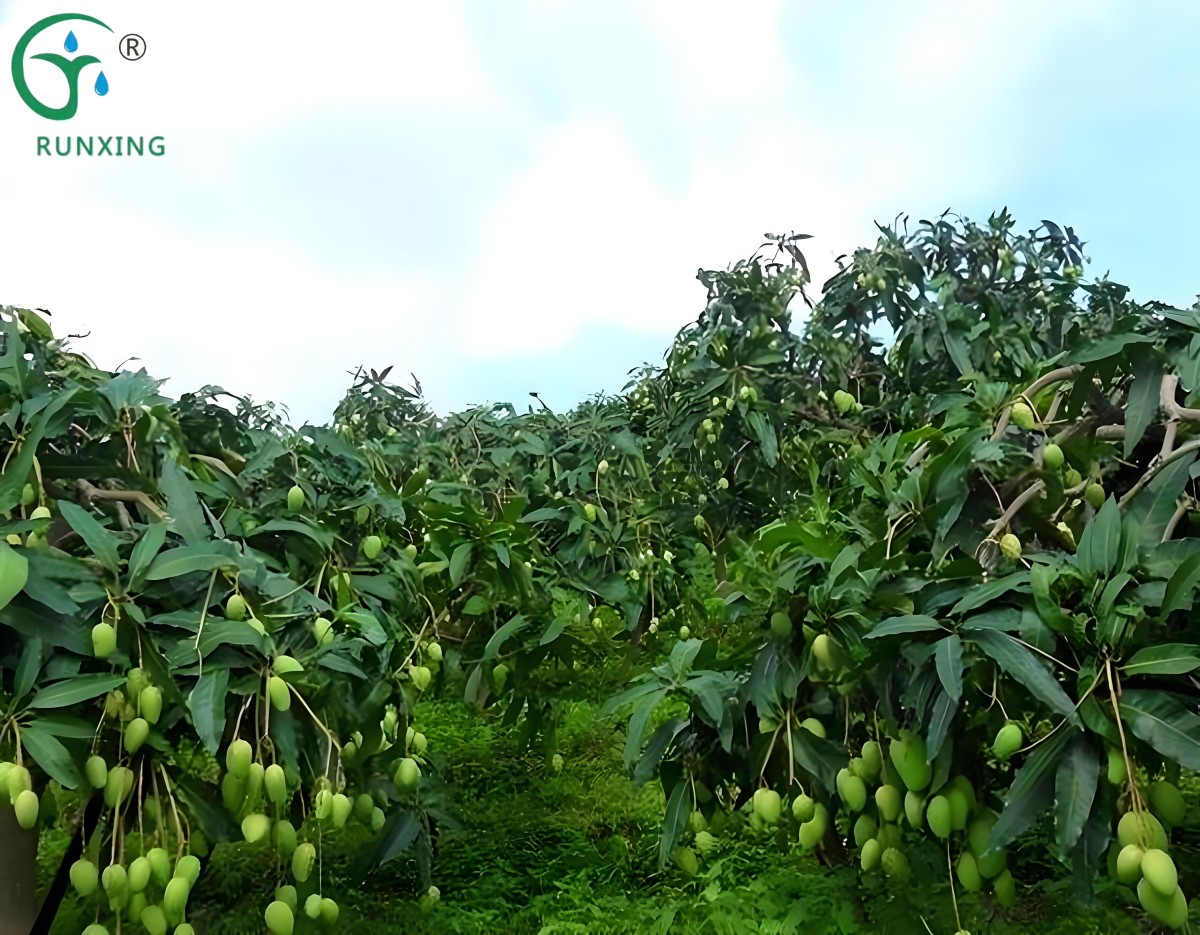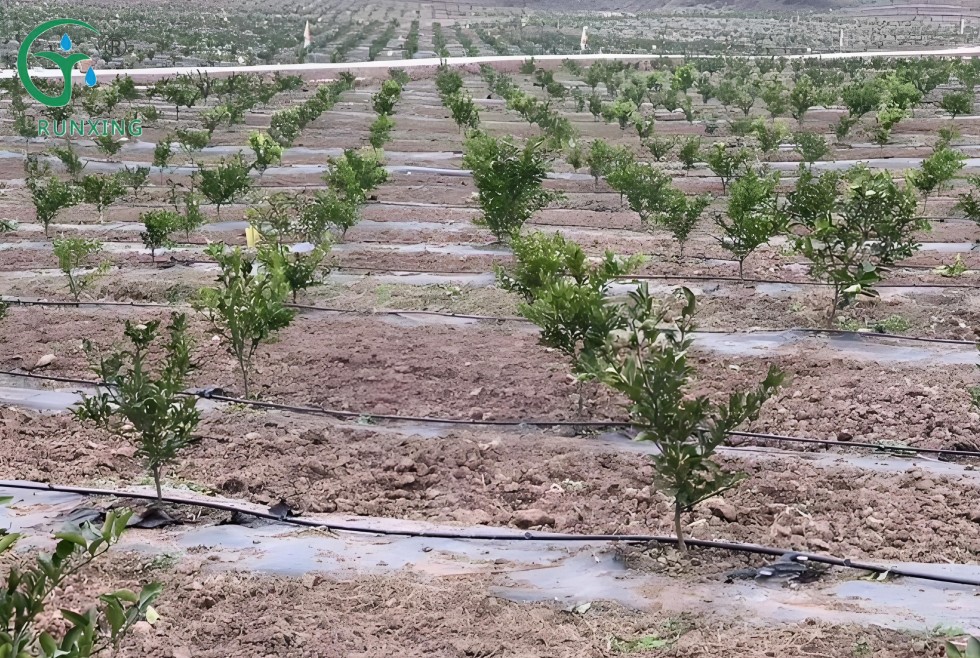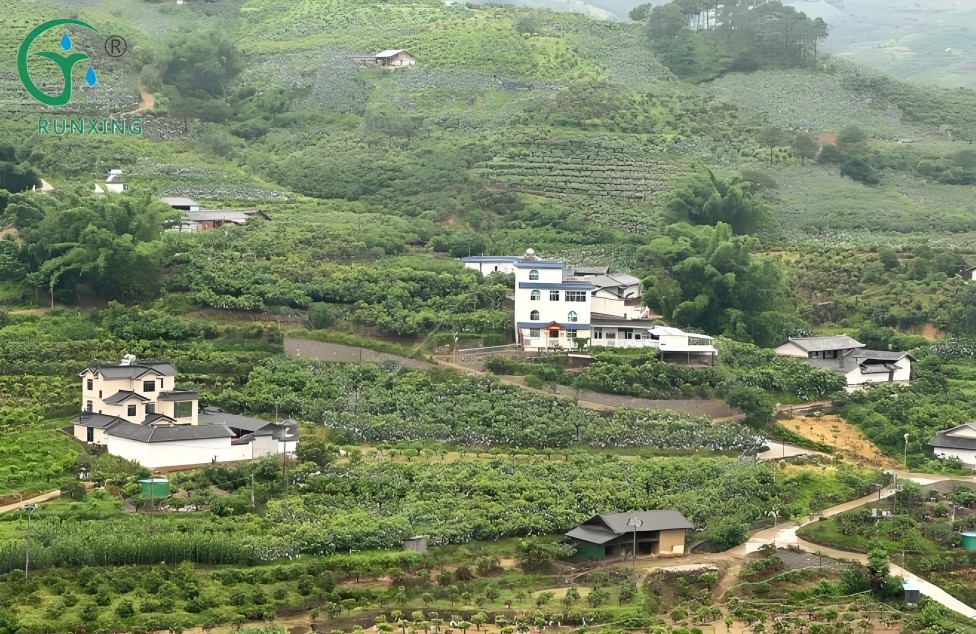Popular Science on Mango Cultivation in Colombia and the Necessity of Drip Irrigation Systems
When discussing mango cultivation in Colombia, the application of drip irrigation systems has emerged as a crucial factor in enhancing yield and fruit quality. Mango trees have high water demands, especially during flowering and fruiting periods, making proper water management vital. Therefore, the adoption of drip irrigation systems not only efficiently utilizes water resources but also promotes healthy growth of mango trees.

The Importance of Drip Irrigation Systems in Mango Cultivation
Drip irrigation systems deliver water precisely to the root zone of mango trees through pipes and drippers, significantly reducing water evaporation and loss, and improving irrigation efficiency. This irrigation method conserves water and minimizes soil structure disruption, contributing to the healthy growth of mango trees.
Required Drip Irrigation Equipment
Drip irrigation systems primarily consist of headworks equipment, main and lateral pipes, drip lines, and drippers.
Headworks Equipment:Includes pressure equipment, control valves, filtration equipment, fertigation equipment, and measurement devices. The selection of filters is particularly critical, based on water source quality and dripper requirements for water treatment, to avoid dripper clogging.
Main and Lateral Pipes: The layout of main and lateral pipes should facilitate management and minimize engineering costs. In Colombia, with its diverse terrain, the layout of these pipes needs to be carefully planned according to the topography, water sources, and mango tree distribution.
Drip Lines and Drippers: Drip lines are installed with drippers, and their layout should consider the mango tree planting pattern, soil type, and dripper flow rate.

Laying Out and Installing Drip Irrigation Systems
Headworks Setup: Install headworks equipment in a suitable location, ensuring a stable water source and water quality suitable for drip irrigation.
Main and Lateral Pipe Layout: Plan the route and spacing of main and lateral pipes based on terrain and mango tree distribution.
Drip Line and Dripper Layout: Lay drip lines around mango tree roots and install drippers to ensure even water delivery to the root zone.
Water Usage Control and Management
Water Usage: The amount of water used in drip irrigation systems depends on the mango tree growth stage, soil moisture, and climatic conditions. During dry seasons or hot weather, irrigation volumes should be increased; during rainy seasons, they should be appropriately reduced.
Control Methods: Precisely control irrigation volumes and timing through control valves and measurement devices in the headworks equipment. Additionally, adjust irrigation plans flexibly in conjunction with soil moisture monitoring.
Better Mango Cultivation Techniques
In addition to drip irrigation systems, here are some techniques to improve mango cultivation efficiency:
Site Selection and Soil Management: Choose sites with deep, well-drained, organic-rich loam or sandy loam soil with a pH between 5.5 and 7.5 for mango cultivation. Improve soil before planting to enhance water and nutrient retention capacity.
Pruning Management: Adjust tree structure through pruning to improve ventilation and light penetration, promoting bud differentiation and fruit development. Follow the principle of "removing weak, dense, and diseased branches while retaining strong, sparse, and healthy ones."
Fertilization Management: Conduct scientific and rational fertilization based on mango tree growth stages and soil nutrient status. Young trees require nitrogen and phosphorus, while fruiting trees need nitrogen and potassium, supplemented with trace elements such as phosphorus, calcium, and magnesium.
Pest and Disease Control: Combine biological, physical, and chemical control methods to effectively manage pests and diseases. Strengthen orchard sanitation management to reduce pest and disease breeding environments.
Temperature and Light Management: Mangoes prefer warm and humid climates, with an optimal growth temperature of 20-30°C. In cold winter areas, take cold protection measures. Additionally, choose sunny locations for mango planting to avoid shading that affects light exposure.

In summary, drip irrigation systems play a significant role in mango cultivation in Colombia. Through scientific and rational layout and management of drip irrigation systems, combined with other cultivation techniques, mango yield and quality can be significantly improved. We hope these popular science contents help you better understand mango cultivation and drip irrigation systems.
If you have any needs, please contact us.
About Us
We are dedicated to offering innovative, water-saving, and labor-saving irrigation solutions for agriculture worldwide. Our focus on quality and continuous innovation drives the development and progress of the industr
LOGO
This stunning beach house property is a true oasis, nestled in a serene coastal community with direct access to the beach.
Opening Hours
Monday - Friday : 9AM to 5PM
Sunday: Closed
Closed during holidays
Contact
+18888888888
hezuo@eyingbao.com123 West Street, Melbourne Victoria 3000 Australia
